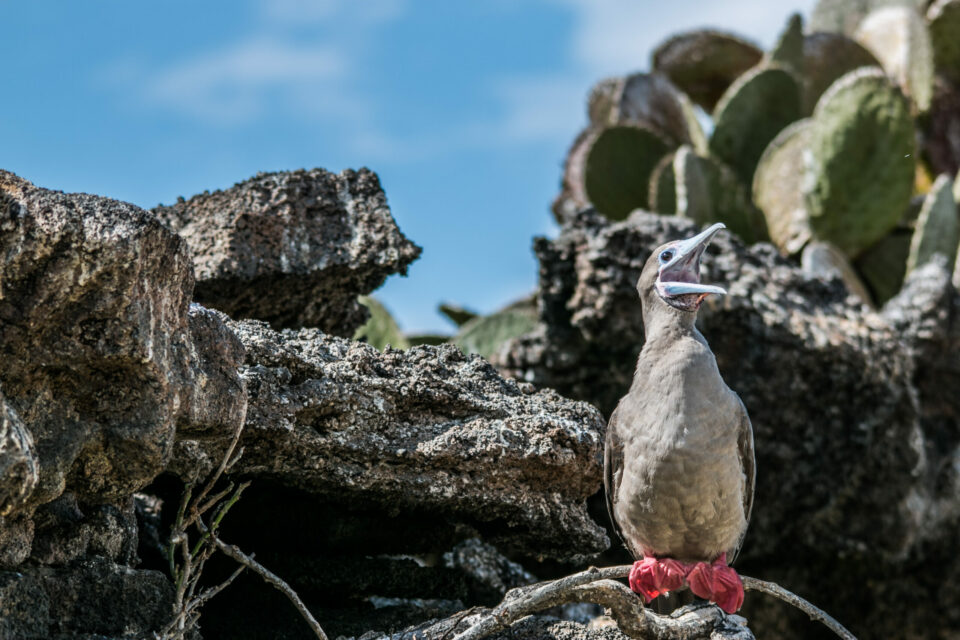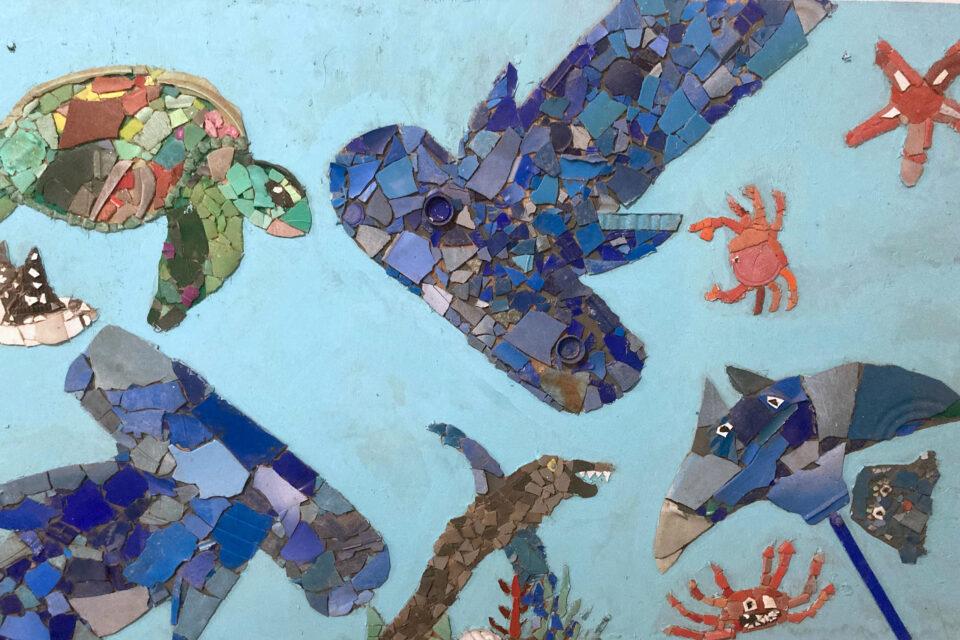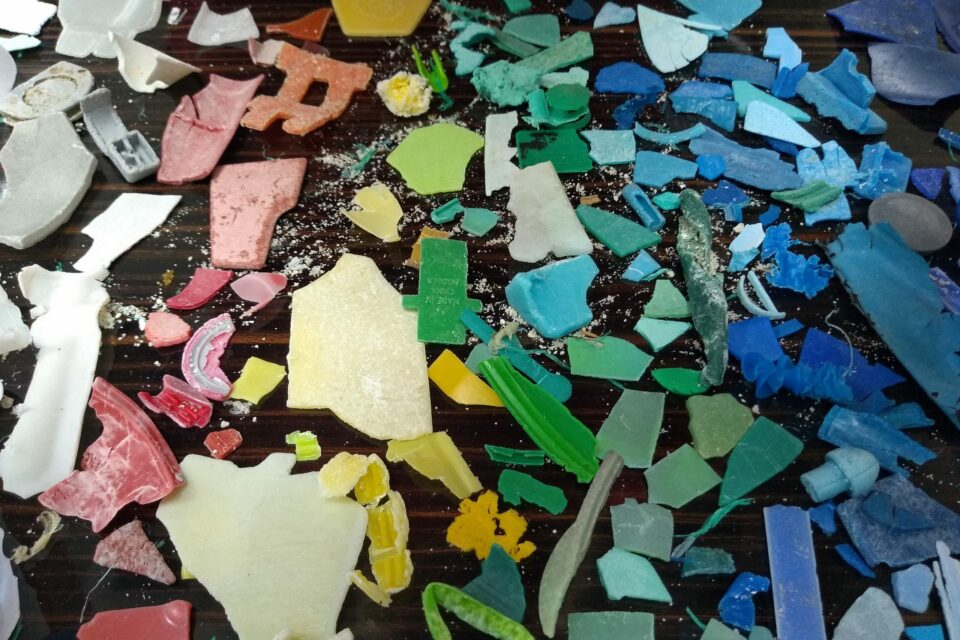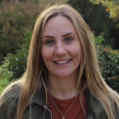

Tracing the origins of marine plastic arriving in Galapagos
Marine plastics pollution is affecting even the remotest parts of the globe and Galapagos is no exception.
Marine plastics pollution is affecting even the remotest parts of the globe and Galapagos is no exception. At least 18 different species in the Galapagos Islands, including turtles, marine iguanas and sea lions have been recorded entangled by plastic such as bags and lines, or having ingested it after mistaking it for food.
Over a three week period in 2019, seven tonnes of plastic were collected from remote Galapagos beaches. Reducing single-use plastic use within the community, raising awareness of its negative impacts and even organising droves of enthusiastic volunteers to take part in beach clean-ups, doesn’t stop new waves of plastics washing up on the beach the next day. To really tackle marine plastics you need to stop it entering the ocean at its source.
Our Plastic Pollution Free Galapagos programme not only looks to understand the ways plastic pollution is already affecting Galapagos’ unique wildlife and to find sustainable solutions to plastic usage within the community, but also looks at where the plastic is coming from in the first place. Only by pinpointing these locations can we identify where further community outreach is needed and eventually stop the flow of plastic arriving on Galapagos shores.
GCT partner and Associate Professor at Utrecht University, Dr Erik van Sebille, has developed cutting-edge oceanography software to investigate the time scales and pathways of the global ocean circulation. Erik’s research uses particle trajectories along with current and wave simulations to predict how oceans transport plastic litter travels and provides essential evidence needed when looking for the origins of pollution.

Dr Erik van Sebille’s model uses particle trajectories along with current and wave simulations to predict how oceans transport plastic litter travels
The research found that the majority of plastic coming from mainland South America is likely to only come from a narrow area of coastal Southern Ecuador and Northern Peru. However, there’s a strong indication that significant quantities of plastic pollution reaching Galapagos shores originate from international fishing operations outside the Ecuadorian border of the Galapagos Marine Reserve, raising questions about waste management practice on these industrial fleets.
Combined with another element of the Plastic Pollution Free Galapagos programme known as ‘Garbology’, we can begin to understand where the plastic originated. This emerging field of science, championed by contemporary archaeologists like Professor John Schofield from the Department of Archaeology at the University of York, maps the life history of plastic items that wash up in Galapagos. When analysed, information such as sell-by dates, degrees of weathering, production codes and the language used on packaging can create a narrative and tell us a lot about the history, origin and age of plastic items.

Garbology research can help understand where the plastic originated by analysing the life history of plastic items that wash up in Galapagos © Andy Donnelly
The next stage of the oceanography research is to develop another model, a high resolution version that will pin point these more local sources and predict how the plastic moves within the Galapagos Marine Reserve once it has arrived. This will help to focus beach clean-up efforts and enable the removal of pollution before it harms wildlife or breaks up into microplastic that can never be removed.
Plastic Pollution Free Galapagos is a £4.5 million pound programme, with Galapagos Conservation Trust aiming to raise £1.5m over the next three years to create real change in the Galapagos ecosystem and community. As a charity, GCT relies on the generosity of donors in the UK and abroad to raise money to support our work so that we can preserve Galapagos for generations to come.
Related articles


New research shows that Galapagos giant tortoises are ingesting plastic waste

Creating a circular economy for plastics in Galapagos


